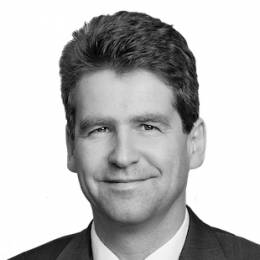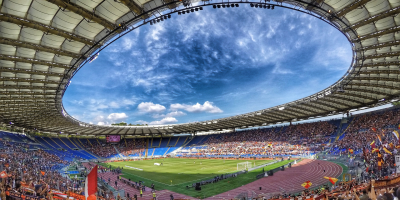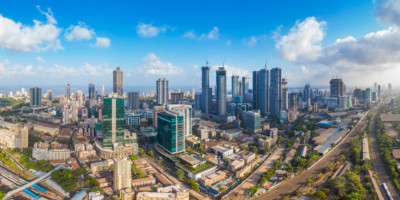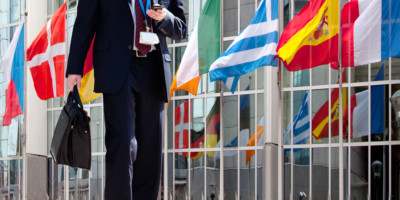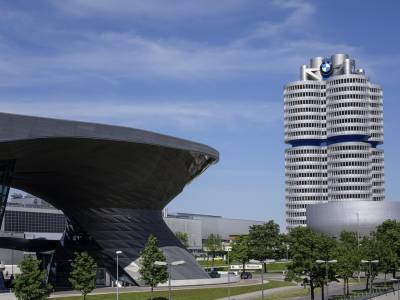-
德国
Germany – Trademarks, Patents and Utility Patents
20 7 月 2017
- 知识产权
- 商标和专利
In a previous post we outlined how the German Copyright Act protects creative and artistic works and how Design Patents protects achievements in the aesthetic field.
In this second of three posts on IP rights in Germany, we are going to focus the attention on Trademarks, Patents and Utility Patents, in order to verify how to best protect names, signs and technical inventions.
Trade marks
Trade marks identify products and services of an enterprise. By protecting such names and signs (such as words, letters, numbers, pictures, and even colours and sounds), the owner gets a monopoly on their use.
Protection is usually granted by the registration of the trade mark at the DPMA, but can also exist if a trade mark gets well known in the relevant market. There are some absolute grounds for refusal of the registration, the most important one being the lack of distinctiveness of the requested trade mark for the considered products and services. Trade marks which consist exclusively of signs or indications which may serve to designate the kind, quality, quantity, intended purpose, value, geographical origin or the time of production of the goods or of rendering of the service, or other characteristics of the goods or service, and trade marks which consist exclusively of signs or indications which have become customary in the current language or in the bona fide and established practices of the trade shall not be registered. But the office will not check on their own, if the new trade mark infringes trade marks of others. It is up to the owner of an older trade mark to challenge the new registration. However, the older trade mark can only attack the new application, if the older mark has been used in business within the last five years.
Registrations must be filed on a special form issued by the DPMA. It is important to include the list of goods and services for which the protection is sought. The exact fee for the application depends on the number of classes of such goods and services, starting at € 290,00.
The registration at the DPMA covers only the use in Germany. The protection can be extended by a Community trademark for the use in the whole EU (application fee starting at € 850,00) or by an international registration at the WIPO (application fee depending also on the number of countries for which the protection shall be granted).
A registered trade mark can be renewed indefinitely and last forever. However, the registration will be cancelled, if the renewal fee (DPMA: starting at € 750,00) is not paid every ten years.
Before the launch of a new name or sign for a product or a service, we recommend to always check if the name violates existing trade marks of third parties. If this is not case, it is recommendable to think about the protection of the new name or sign by registering an own trade mark, choosing the register (Germany, EU, WIPO extension to other countries) by considering the intended geographic markets.
Trade mark owners can sell and assign their trade marks to third persons. The owner of a trade mark can also grant others a right of use of the trade mark.
The Trademark Act also recognizes the protection of commercial designations, such as company symbols (names, firm names or special designations of business establishments or enterprises) and titles of works. These designations are not registered, but are protected by the use in the course of business.
Patents
Patents are granted for new technical inventions, giving the owner a monopoly for 20 years (starting from the date of the filing, under the condition of the payment of annual fees). The technical invention must be new, based on an inventive activity (requiring a high level of inventiveness) and susceptible of industrial use. It is not new if it has been described in any manner accessible to the public anywhere in the world before.
The most important part of the application is the publication of the invention. So other persons can challenge the validity of the patent on the one hand, and the patent can be a basis for further developments on the other hand.
Before filing an application for a patent, we recommend to always check if the publication of the invention can conflict with a business interests that may require secrecy, in order to avoid the raising of a dispute.
Patents granted by the DPMA are only valid in Germany. It is also possible to apply for a patent at the European Patent Office in Munich. It is also possible to file an international patent application under the Patent Cooperation Treaty. The advantage of such an international application is that there is only one application for more than one country. However, the application will be examined and the patent will be granted by the national patent offices of the countries which the inventor has selected for protection.
The patent holder can sell and transfer the patent. He can also keep the patent and grant licences to third parties.
Utility Patents and further technical protective rights
As the design patent is the small brother of the copyright, the utility patent is the small brother of the patent. The utility patent is also registered at the DPMA, but the substantive requirements for protection (novelty, inventive achievement and industrial application) are not examined during the registration procedure. The protection is granted up to ten years, but has to be renewed by paying maintenance fees after three, six and eight years. For the rest, utility patents and patents are very similar.
Utility patents granted by the DPMA are only valid in Germany. There is no EU utility patent and no international application for other countries. In some countries, utility patents are not recognized at all.
Finally, Germany acknowledges the statutory protection of semiconductor chip topographies and plant varieties.









